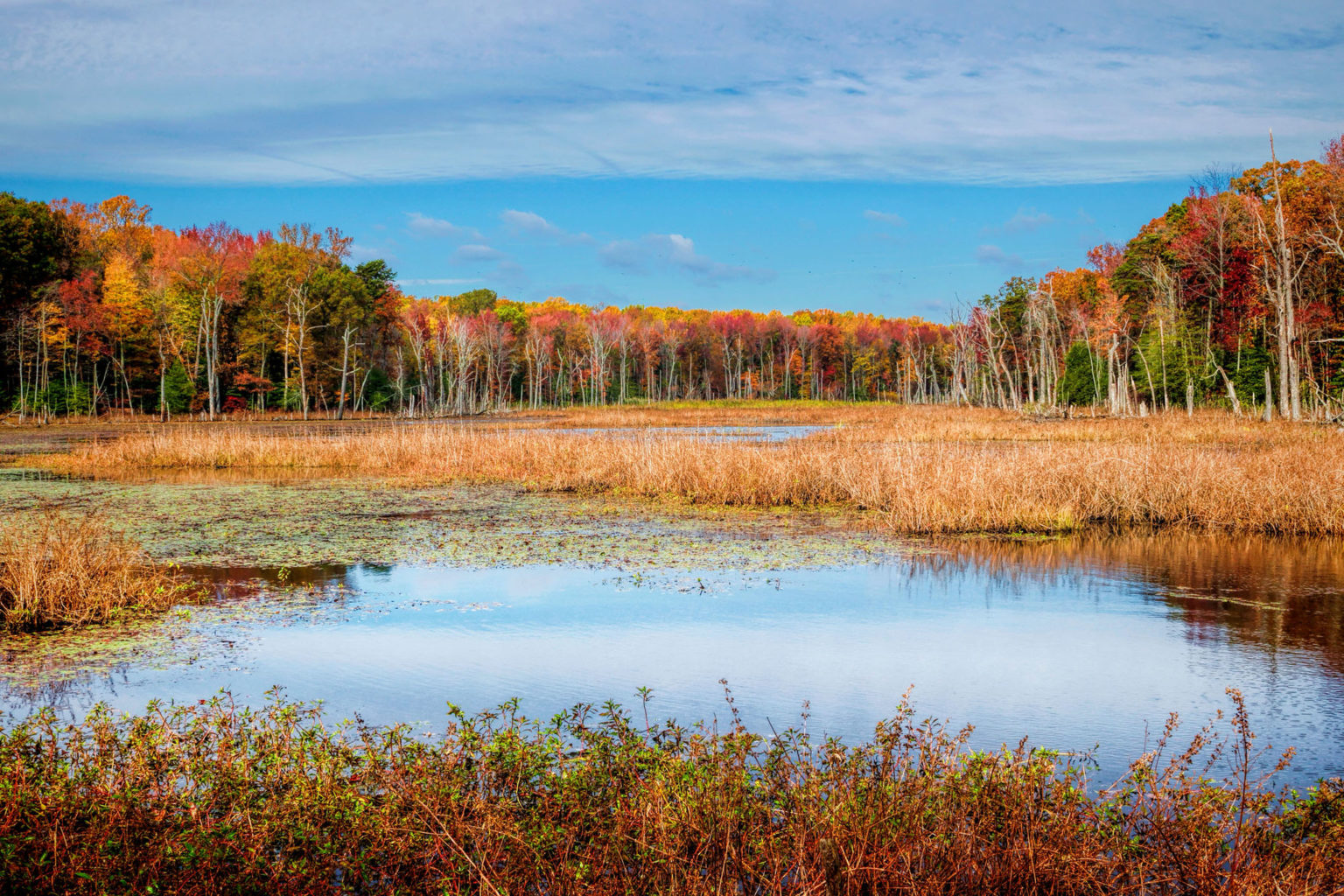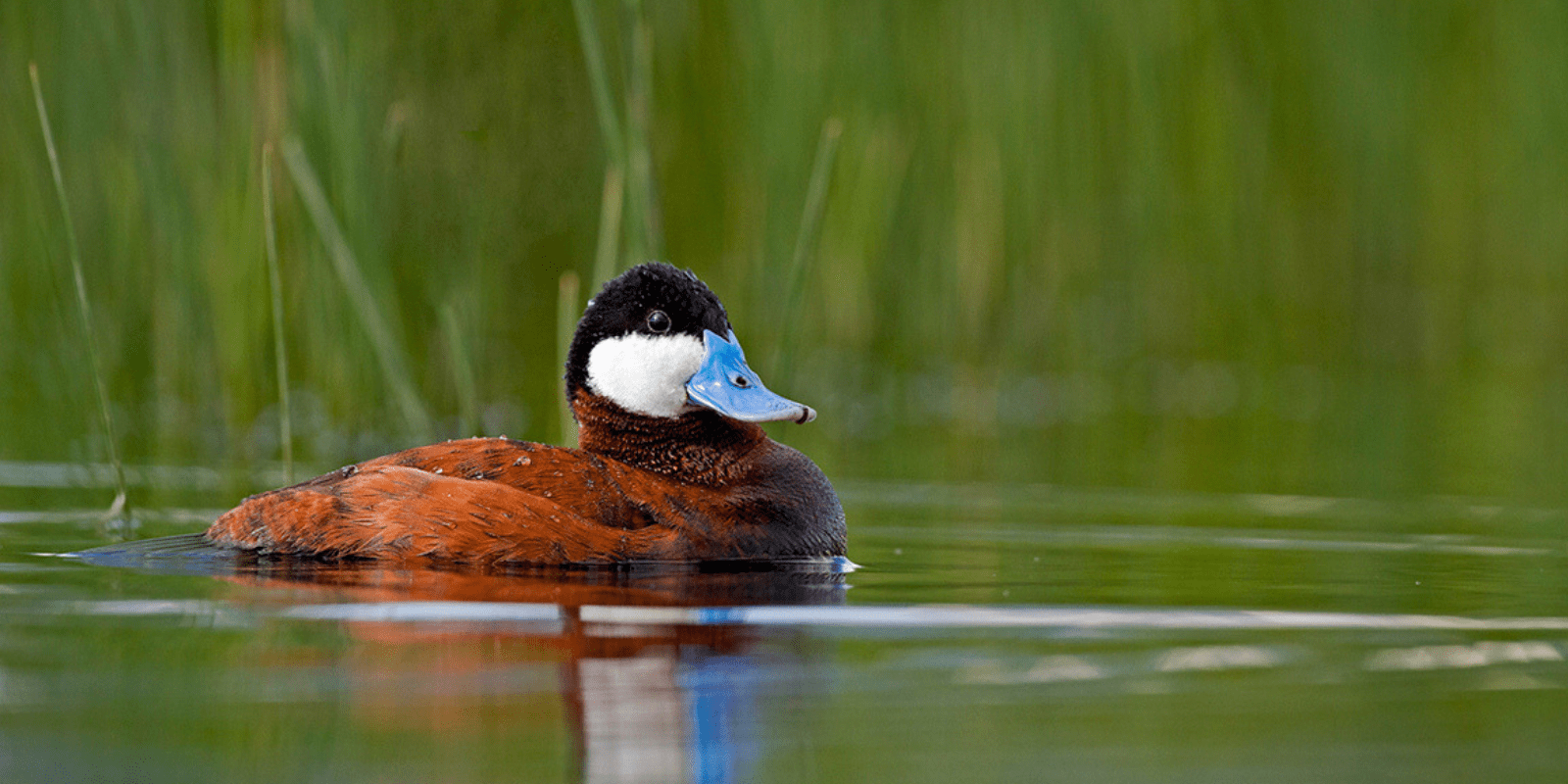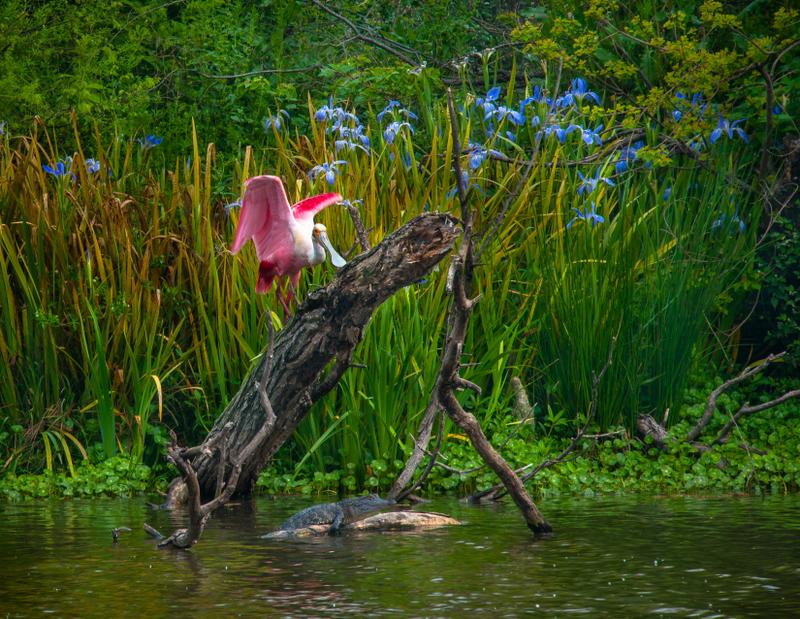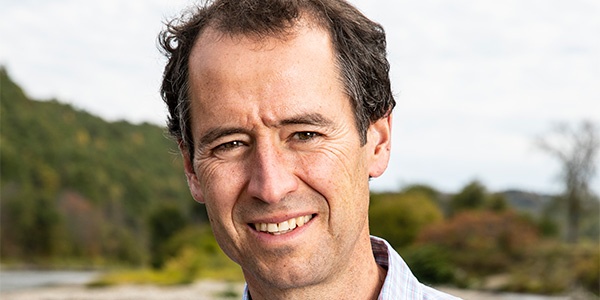We have much more to do and your continued support is needed now more than ever.
New Wetlands Report Shows Accelerating Losses

On Friday, March 22 – World Water Day – the U.S. Fish and Wildlife Service issued a new report, entitled Status and Trends of Wetlands in the Coterminous United States 2009 to 2019, that shows that America is losing important wetlands at a rapid rate.
Alarmingly, since 2009, the rate of wetland loss has increased by 50 percent. Over the last decade, an area of wetlands the size of Rhode Island has been wiped from the landscape. Moreover, where there have been “gains” in wetland types, it has been in open ponds that do not provide the diverse habitat for wildlife or have the flood absorbing capabilities of the marshes and forested wetlands we are losing. And remaining wetlands are being harmed by human disturbance, with 80 percent of them in only fair or poor condition.

This is bad news for people and wildlife. Wetlands are some of nature’s most protective and productive features. They filter our drinking water, protect us from flooding and drought, provide wildlife habitat, and coastal and marine wetlands sequester climate change-causing carbon at ten times the rate of tropical forests. In terms of the services they provide communities, wetlands have an economic value over 11 times higher than lakes and rivers, 36 times higher than forests, and 33 times higher than grasslands.
The habitat values alone are extraordinary for a resource that covers less than six percent of the landscape of the lower 48 states. About half of threatened and endangered species rely on wetlands. Up to half of all North American bird species and 80 percent of protected bird species depend on wetlands.

The greatest threat to wetlands is activities like development and agricultural practices that drain wetlands and fill them in. Climate change is also causing some wetlands to disappear. Dryer conditions are resulting in important wetlands features, like the Prairie Potholes of the Great Plains that serve as America’s duck factory, to dry up and disappear. And sea-level rise is swallowing up important coastal wetlands that protect communities from storm surge and provide valuable habitat. Up to 90 percent of coastal wetlands could disappear by the end of this century.
As we drain wetlands, the water needs to go somewhere. As such, we are creating more small ponds, which have increased in area by seven percent since the last Status and Trends report in 2009. But ponds lack the vegetation of healthier wetlands that can slow flood waters and provide habitat for wildlife.

After the passage of the landmark Clean Water Act in 1972, wetlands losses were effectively halted. But a chipping away of protections has almost certainly led to recent wetlands losses. Supreme Court decisions over the past twenty years have shed increasing doubt over important federal protections for many wetlands.
Then, last May, the Supreme Court issued a draconian ruling that entirely stripped away federal safeguards for 63 percent of historically protected wetlands and up to about five million miles of streams.

This catastrophic 2023 Sackett v. EPA Supreme Court decision will undoubtedly result in even more severe wetlands losses if actions are not taken. Congress must step up and restore strong federal protections for all important wetlands. In the meantime, states and localities need to take action to protect their wetlands before they are paved over.
Add your voice today to urge decisionmakers to protect and restore wetlands.
We have had a bipartisan goal of no-net loss since the 1970s which just makes sense. Protecting and restoring the wetlands we have is one of the cheapest and most effective ways to protect us from catastrophic flooding, make sure the water we drink is clean and safe, mitigate drought, and protect wildlife. The price of not correcting this dangerous trend will be high for everyone.






















